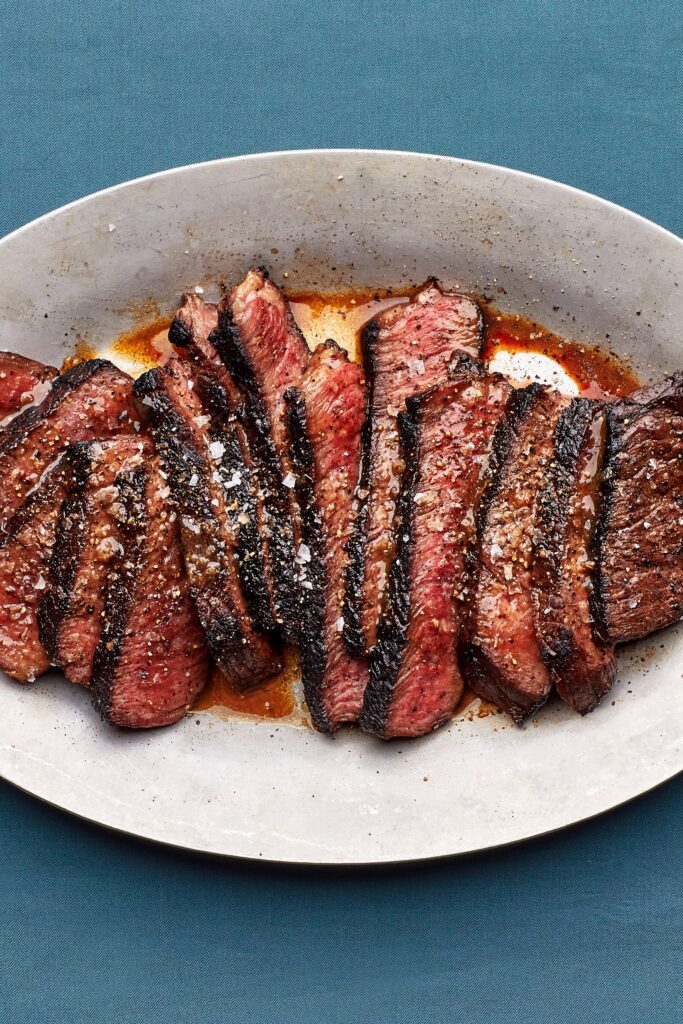Roasting meat successfully is a combination of art and science. The principles of roasting are managing heat flow, controlling temperature, retaining moisture, and resting the meat. Temperature control is essential and for the best results it should be low and slow. Moisture retention can be achieved by searing the meat properly and basting with juices. Resting the meat allows the juices to redistribute, promoting an even distribution of flavor and tenderness. As a beginner, one should choose the right cut of meat, season liberally, preheat the oven, and use a thermometer to ensure an accurate internal temperature is achieved.
The Science of Roasting: Achieving Juicy, Tender Meats Every Time
Introduction
Roasting meat is an art, but there is also a great deal of science involved in achieving that perfectly cooked, juicy and tender roast. Even seasoned chefs can struggle with roast meats, but if you understand the basic principles of roasting and how they work together, you too can become a master of the roast.
Principles of Roasting
Roasting meat is all about managing the flow of heat, ensuring that the meat cooks evenly, to the desired degree of doneness, and retaining as much moisture as possible. When cooking a roast, there are a few key principles to keep in mind:
Temperature Control
Temperature control is key to successful roasting. For most roasts, you’ll want to sear the outside first to create a crust before transferring it to the oven. This locks in moisture and flavor. Once in the oven, set the temperature low and leave the meat to cook slowly. A low and slow heat will produce the best results, ensuring the meat remains tender and juicy.
Moisture Retention
Moisture is the enemy of a perfectly roasted piece of meat. The key to retaining moisture in your roast is to sear it properly. Searing the meat over high heat helps to moisten and soften its surface. This also kills off any unwanted bacteria which may be present on the surface of the meat. Additionally, basting the meat with its own juices can help to keep it moist throughout cooking.
Resting the Meat
Giving your roast time to rest is a crucial step for perfect roasting. Once the meat is removed from the oven, the internal temperature will continue to rise for several minutes. Resting allows the meat to settle and the juices to redistribute throughout the meat, ensuring an even distribution of flavor and tenderness.
Tips and Tricks for Beginners
If you’re new to the art of roasting, there are a few key tips and tricks you can use to ensure your success:
Choose the Right Cut of Meat
The cut of meat you choose will impact your roasting results. Choose cuts that are tender and well-marbled, such as prime rib or filet mignon. These cuts will sear well and retain their moisture, producing tender and juicy meat.
Season Your Meat
Seasoning your meat is an important step in the roasting process. A simple mix of salt, pepper, and herbs can add a great deal of flavor to your meat. Apply the seasoning generously, rubbing it into the meat’s surface to ensure it penetrates and flavors the meat well.
Preheat Your Oven
Preheating your oven to the right temperature is crucial to successful roasting. This will ensure that the meat starts cooking properly and gets exposed to even heat throughout the cooking process.
Use a Thermometer
Using a meat thermometer will help you ensure your meat reaches the right level of doneness. Insert the thermometer into the thickest part of the meat, making sure not to touch any bones. This will give you an accurate reading of the internal temperature of the meat.
Conclusion
Roasting meat may seem daunting, but by understanding the basic principles of roasting, and applying a few key tips and tricks, anyone can enjoy the perfect roast. Take the time to prepare your meat properly, and be patient through the cooking process. Just remember to keep temperature control and moisture retention in mind, and always let that meat rest before slicing. With a little practice, you too can become a master of the roast.
